[ May 15 - June 13, 1998 ]
Natural habitats have disappeared from most of Syria. They have been converted into arable land, pastures, or orchards. Due to a long lasting over-exploitation most of these areas became desolate bearing hardly any vegetation and moreover lacking the typical desert flora and fauna. For these reasons Syria was largely neglected by entomologists in the past.
There is not much left of Syria's once-abundant mountain forests (about 3% of the total area of Syria). The most vegetation diversity of Syria is concentrated in western part of the country (in the west of the line Aleppo - Damascus - Busra). The coastal region shows typical Mediterranean habitats and vegetation represented by shrub-land of Oleo-Ceratonion alliance with e.g. Calycotome villosa, Juniperus phoenicea, and Pistacia atlantica. Mediterranean dwarf forests dominated by hard-leaved oaks (Quercus calliprinos, Quercus ithaburensis and/or Ostrya carpinifolia), and mixed pine forest with Aleppo pine (Pinus halepensis), are woodland communities of the coastal mountain region and Anti-Lebanon Mts. Ocasionally, also small relict areas of Cedrus libani woodland can be seen in highest altitudes. Some isolated areas of Quercus calliprinos woodland are also present in the south of the country, e.g. near Busra. Diversified vegetation with many annual herbs and grasses (e.g. from the genera Medicago, Trifolium, Aegilops, and Avena), semishrubs (e.g. Salvia, Sarcopoterium, and Artemisia) and scattered shrubs (Rosa, Crataegus, Phlomis) are the main units in deforested parts of all this area. Other parts of Syria are relatively uniform in their vegetation being formed by agricultural or post-agricultural vegetation, semi-desert and desert. Certain small-scale fragments of woody vegetation are only present along rivers, e.g. scrub with Tamarix spp., Nerium oleander, and Vitex agnus-castus. Only along the Euphrates river, some remnants of alluvial forest with Populus euphratica still survive.
We decided to visit these rare remnants of Syria's natural habitats. Our first stop was Bludan NW Damascus in the Anti-Lebanon Mountains (Figurea 1 and 2). It is a locality situated in a beautiful mountain valley with relatively rich steppe vegetation. Cerambycidae frequent this locality in unbelievable numbers, the majority of them being species developing in tissues of herbaceous plants. To name the most interesting ones we mustn't forget: Phytoecia (Paracoptosia) ganglbaueri (Pic), Dorcadion (Cribridorcadion) libanoticum Kraatz, Phytoecia (Musaria) astarte perrini Pic, Phytoecia (Musaria) wachanrui Mulsant, Oxylia argentata languida (Ménétries), Phytoecia (Phytoecia) kabateki Sama (type locality), Phytoecia (Pilemia) griseomaculata (Pic), Pedostrangalia (Neosphenalia) riccardoi Holzschuh, and Mallosia (Eumallosia) imperatrix imperatrix Abeille de Perrin, (type locality). Besides these species several more are currently being described.

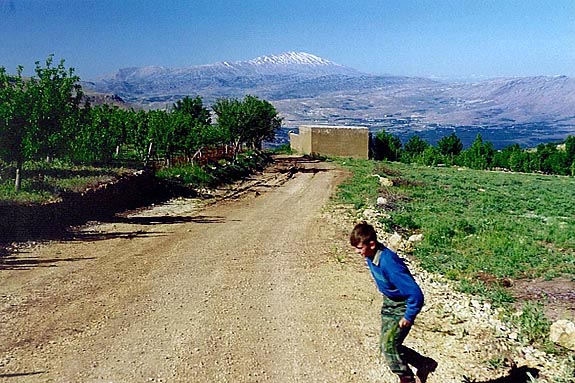
Figures 1 and 2 [Photo © M.Rejzek] Syria: Bludan NW Damascus, Anti-Lebanon Mountains, 33.44N 36.07E |
In the Anti-Lebanon Mountains we visited another site called Burqush (Figure 3). Besides the herbs and grasses there were scattered shrubs of oak and hawthorn and consequently some xylophagous Cerambycidae such as Purpuricenus interscapillatus longevittatus Pic, Molorchus (Molorchus) kiesenwetteri hircus Abeille de Perrin, and Cerambyx (Cerambyx) dux (Faldermann) were recorded here on top of species we already saw in Bludan.
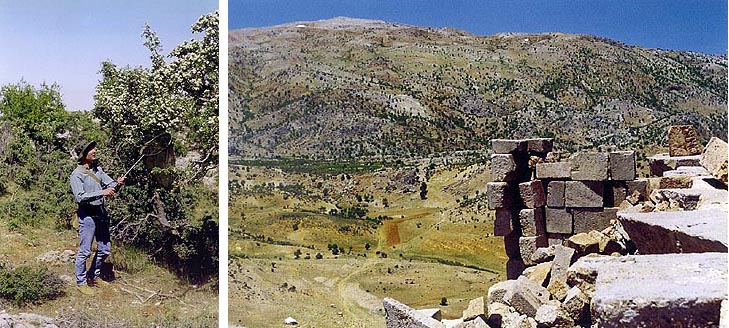
Figure 3 [Photo © M.Rejzek] Syria: Burqush W Damascus, Anti-Lebanon Mountains (Jabal Lubnan ash Sharqi), Quatana env., 33.28N 35.59E. Our friend MJ (also called Mr. Bean) in the picture. |
We left the Anti-Lebanon Mountains and after a short stop in Krak des Chevaliers (W Homs) we went on to Slinfah, a village situated in the the Jabal an Nusayriyah mountains. This locality substantially differs from the Anti-Lebanon Mountains in richer vegetation and consequently the number of xylophagous insect species is much greater here (Figure 4). Among the xylophagous Cerambycids we would like to name: Brachypteroma holtzi Pic, Callidium syriacum Pic, Chlorophorus dinae Rapuzzi et Sama, Clytus kabateki Sama (type locality), Saperda quercus ocellata Abeille de Perrin, Grammoptera baudii pistacivora Sama, Grammoptera grammopteroides (Pic), Phymatodes (Phymatoderus) lividus (Rossi), Rhagium (Megarhagium) syriacum phrygium Daniel, Rhamnusium bicolor testaceipenne Pic and several species associated with herbaceous plants: Agapanthia (Agapanthoplia) coeruleipennis Frivaldszky, Phytoecia (Blepisanis) vittipennis Reiche, Dorcadion saulcyi saulcyi Thomson, Phytoecia (Helladia) humeralis (Waltl), Phytoecia (Helladia) praetextata nigricollis Pic, Phytoecia (Musaria) astarte astarte Ganglbauer, Phytoecia (Phytoecia) asiatica Pic, Phytoecia (Phytoecia) geniculata Mulsant, Phytoecia (Phytoecia) nepheloides Sama (type locality), Phytoecia (Phytoecia) rufipes latior Pic, Phytoecia (Pygoptosia) speciosa Frivaldszky, and a number of others.

Figure 4 [Photo © M.Rejzek] Syria: Slinfah (in Jabal an Nusayriyah Mts.) |
On our journey back to Europe we shortly visited several localities in Turkey. The first one was Gemecik W Refahiye (Figure 5), the type locality of Phytoecia (Barbarina) behen Sama et Rejzek. Besides this species we recorded Agapanthia (Smaragdula) osmanlis Reiche et Saulcy and a number of other species here.
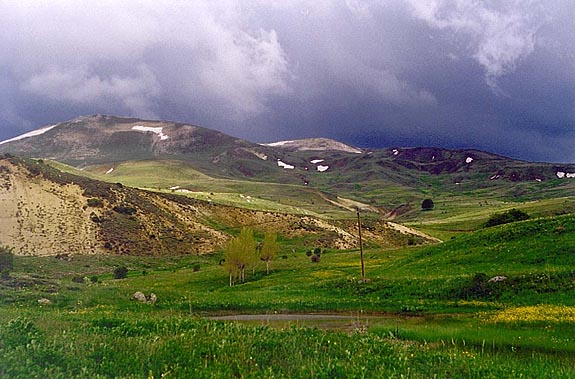
Figure 5 [Photo © M.Rejzek] Turkey: Gemecik W Refahiye |
The next locality we stopped at was Suhut S Afyon (Figure 6) with a number of interesting beetles like: Pedostrangalia (Pedostrangalia) tokatensis Sama, Clytus kumalariensis Johanides (type locality), and Stenocorus (Anisorus) heterocerus homocerus (Daniel) for instance.
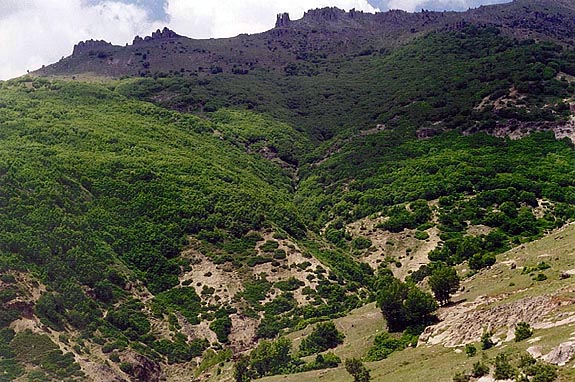
Figure 6 [Photo © M.Rejzek] Turkey: Suhut S Afyon |
Finally, before leaving the Asian Turkey we stopped in Bolu (NW Turkey) and while taking the fresh mountainous air we recorded Xylosteus caucasicola kadleci Miroshnikov, a species associated with fir trees growing in great numbers here (Figure 6).
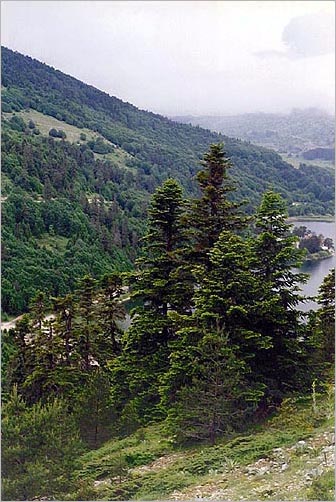
Figure 7 [Photo © M.Rejzek] Turkey: Bolu environs |
